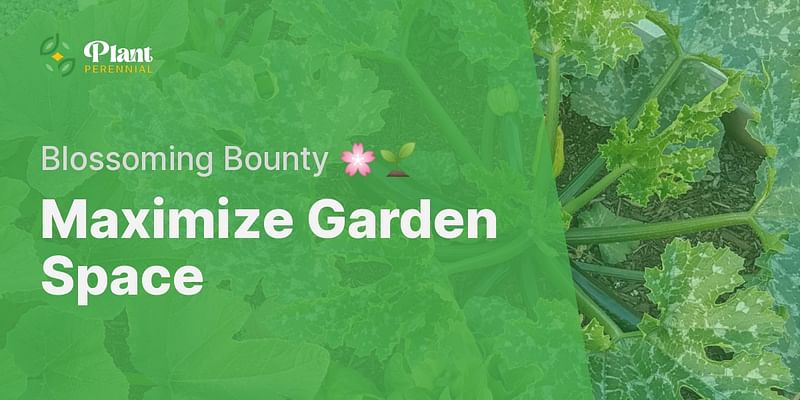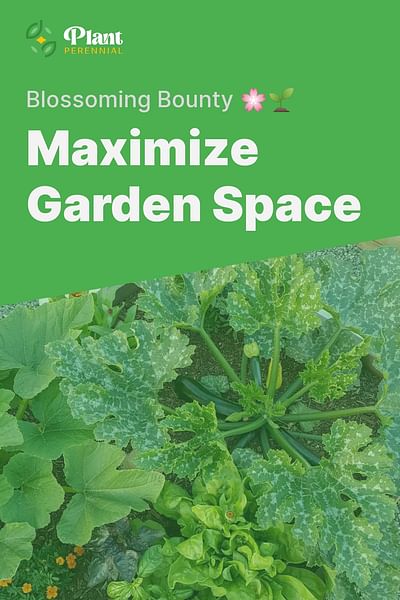Vaughn is a seasoned horticulturist boasting a comprehensive education in botany. His career spans a myriad of roles in renowned botanical gardens and nurseries, earning him extensive expertise in perennial plants. When not immersed in his plant-filled world, Vaughn indulges in birdwatching and nurturing his photography skills.
Absolutely! Growing flowers and vegetables together in the same garden is not only possible but can also be beneficial for both plants. This practice, known as companion planting, has been used for centuries to maximize garden space, improve pollination, deter pests, and enhance overall plant health. Here's everything you need to know about growing flowers and vegetables together in your garden.
1. Planning your garden: When creating a mixed garden, it's important to consider the needs of both flowers and vegetables. Choose plants that have similar sunlight, soil, and water requirements. This will ensure that all plants thrive and receive the necessary care.
2. Choosing the right flowers: Selecting the right flowers for your vegetable garden is crucial. Opt for flowers that attract beneficial insects like bees, butterflies, and ladybugs. These insects help with pollination and control pests. Some popular choices include marigolds, zinnias, sunflowers, and bee balm.
3. Selecting compatible vegetables: Certain vegetables and flowers have natural affinities and can benefit each other when grown together. For example, planting onions and chives alongside roses can help deter aphids. Similarly, growing basil near tomatoes can improve the flavor and repel pests. Do some research to find out which vegetables and flowers make good companions.
4. Pest control: Companion planting can help naturally deter pests. For instance, planting nasturtiums near your vegetable crops can repel aphids, whiteflies, and squash bugs. Marigolds are also effective at deterring nematodes and repelling insects like aphids and whiteflies. By incorporating these flowers into your garden, you can reduce the need for chemical pesticides.
5. Maximizing space: Growing flowers and vegetables together allows you to make the most of your garden space. Vertical gardening techniques, such as trellises or stakes, can be used to support climbing vegetables like beans or cucumbers while leaving room for flowers to grow underneath. This way, you can enjoy a diverse and visually appealing garden.
6. Care and maintenance: Proper care is essential for the success of your mixed garden. Watering, fertilizing, and weeding should be done regularly. Be mindful of the specific needs of each plant and adjust your care routine accordingly. Mulching can help conserve moisture, suppress weeds, and regulate soil temperature.
Remember, each garden is unique, and it may take some trial and error to find the perfect combination of flowers and vegetables that work well together. Don't be afraid to experiment and have fun with your garden!
So, go ahead and create a beautiful and productive garden by growing flowers and vegetables together. Not only will you enjoy a bountiful harvest, but you'll also have a visually stunning and environmentally friendly space that attracts beneficial insects and adds beauty to your home. Happy gardening!













